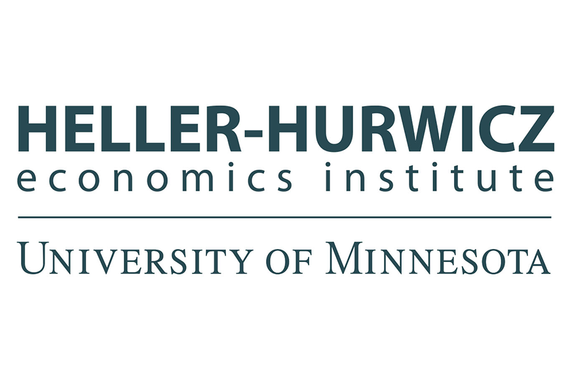The Role of Services in Structural Change and Globalization
Globalization and structural transformation have been two of the most prominent economic changes for the past few decades. Globalization has led to an increase in international trade of goods and services, and structural transformation has shifted the economic activities of various countries from goods to services. Since international trade implies that a country can specialize in either goods or services based on its comparative advantage, in principle, globalization can greatly impact the speed of structural transformation of different countries
To see if this hypothesis is correct, Sang Min Lee, a Ph.D. candidate at the University of Minnesota, has written a research paper titled "Globalization and Structural Transformation: The Role of Tradable Services" to study the impact of globalization on structural transformation. Check out Sang Min’s webpage for more information on his research and studies.
1. Why did you choose to study structural transformation, and what was your goal with your research?
When I started this project, I was interested in the interaction between the rise of international trade in services and structural transformation (i.e., reallocation of economic activity away from goods towards services over time). My initial goal was to assess how the former affects the latter and vice versa through the lens of an economic model. Through the research process, I narrowed down my research question to “how does globalization (i.e., a reduction in trade costs for both goods and services) affect the speed of structural transformation?”
2. What did you discover during your research process?
Using the multi-country, multi-sector trade model and data for 66 countries from 1995 to 2018, I show that the effect of globalization on the pace of structural transformation greatly varies across countries. Through globalization, some countries experienced faster structural transformation and others slower transformation. Furthermore, there were countries where globalization had a negligible effect on the speed of their structural transformation.
What is the underlying factor that drives this heterogeneity? I find that the relative speed of trade cost reduction for goods versus services is what matters. For countries where trade costs for goods and those for services moved proportionally, globalization has had a small impact on the speed of structural transformation. In contrast, disproportional changes in trade costs across goods and services implied a large impact. Let me introduce a notion of (dis)proportionality with an example. Suppose that, for a hypothetical country, its import trade costs for both goods and services are fixed over time, and the country goes through export liberalization which reduces goods export trade costs while not significantly affecting services export trade costs. This disproportionate change in trade costs makes the country relatively more competitive in the global market for goods than in the market for services. This, in turn, makes the country specialize in goods and decelerate its structural transformation.
For the top ten largest countries in terms of GDP, the effect of globalization on structural transformation was small because, for them, changes in trade costs were proportional across goods and services. For example, for China, among the 12.1 percentage-point (p.p.) decline in goods share of GDP from 1995 to 2018, globalization can only explain 0.6. p.p. The rest (11.5 p.p.) is explained by productivity growth. (In the model, structural transformation is driven by changes in trade costs and productivity.)
3. Did the results of your research align with your initial hypothesis?
Not at all! My initial hypothesis was that globalization would accelerate the structural transformation of countries whose comparative advantage lies in services and decelerate that of countries with comparative advantage in goods.
4. What do you aim to do with this research, and do you plan on studying structural transformation and globalization further?
For this research, I would like to dig deeper into what determines changes in trade costs. The trade costs in my paper are total trade costs that incorporate both technological factors (e.g., logistics and ICT) and policy barriers (e.g., tariffs and entry regulations). If I can disentangle the policy aspects from the technological elements of the total trade costs, then I can quantitatively study the role of trade policies in structural transformation.
I plan to study both topics further. I find the rise of services in domestic economies (structural transformation) and international trade (globalization in services) interesting because they will have important economic implications. For example, they can affect skill premiums for high-skilled workers given different skill requirements for goods production and services production.



